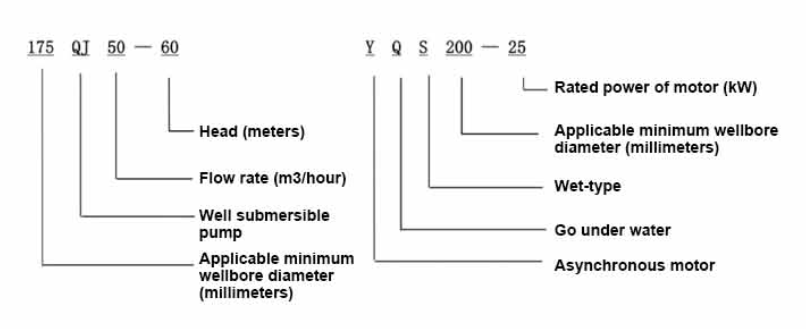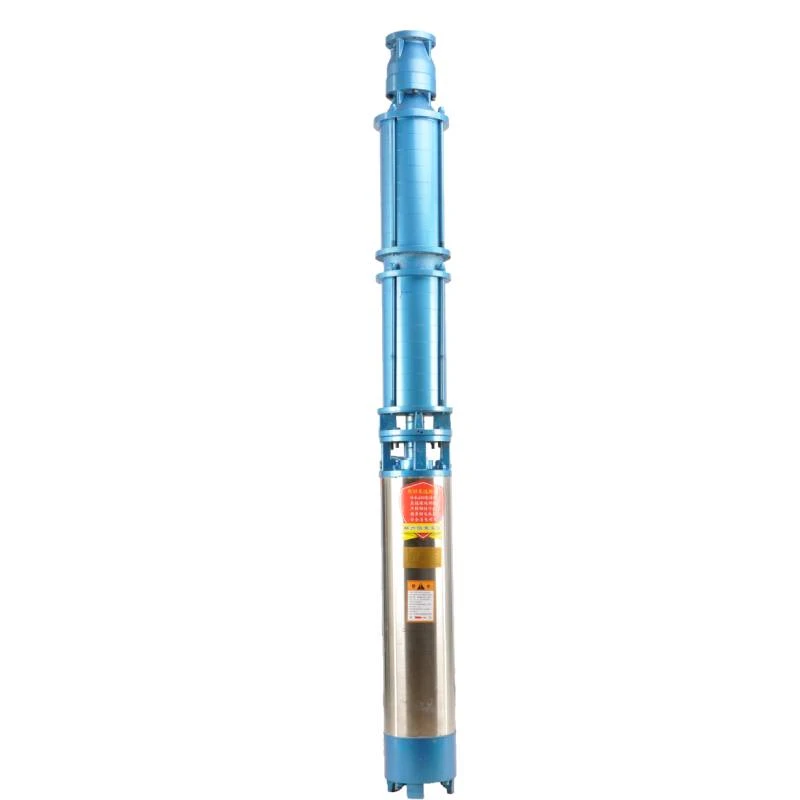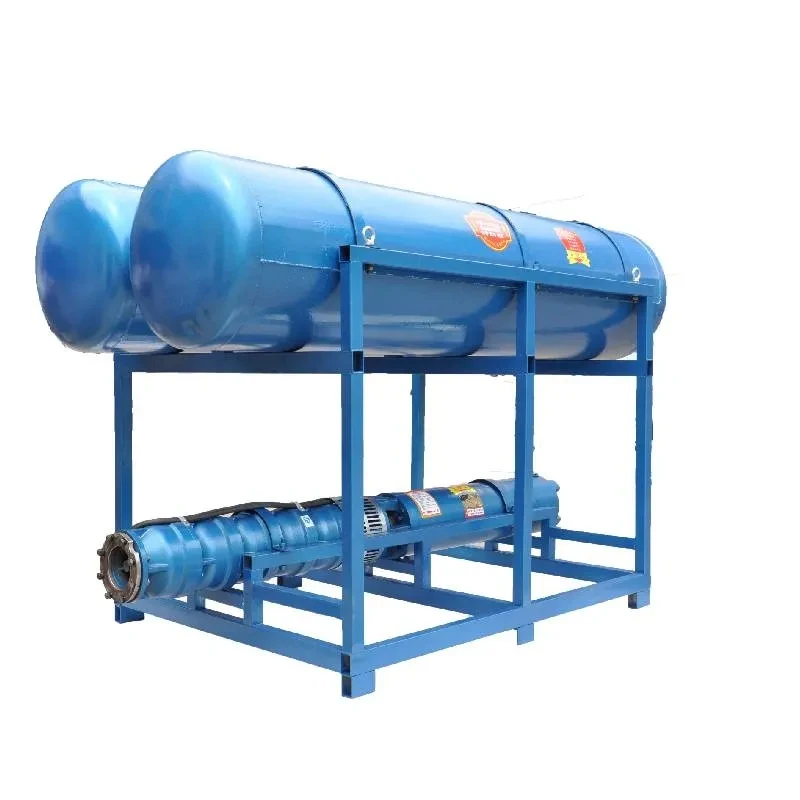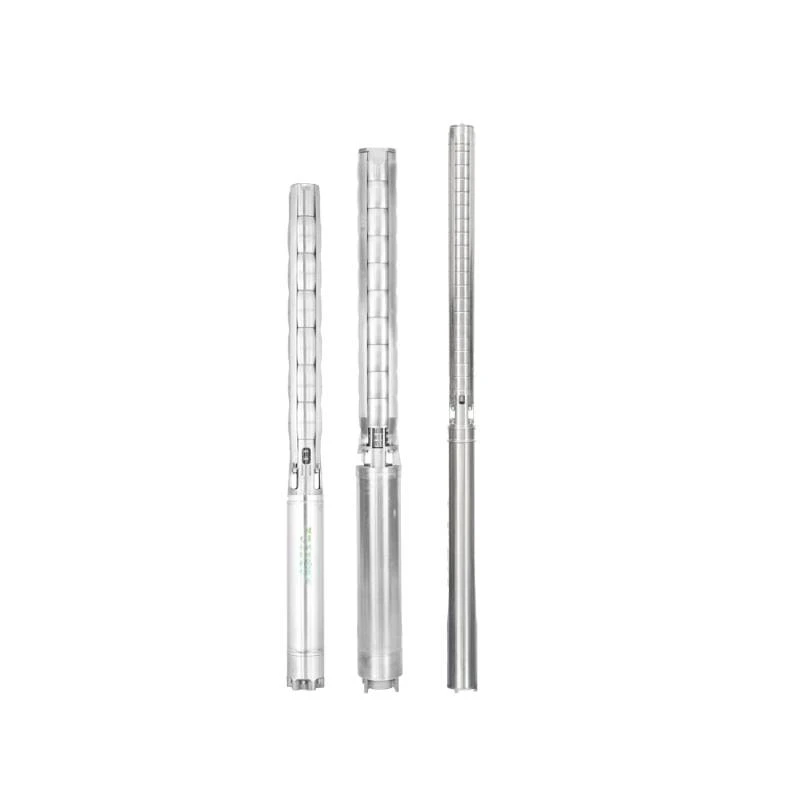Nov . 28, 2024 06:36 Back to list
Differences Between Submersible Pumps and Centrifugal Pumps Explained
Understanding the Difference Between Submersible Pumps and Centrifugal Pumps
Pumps are essential devices used in various industries and applications for moving fluids. Among the many types of pumps available, submersible pumps and centrifugal pumps are two of the most commonly used. While both serve the purpose of transferring liquids, they operate on different principles and are suited for different applications. Understanding the distinctions between these two types of pumps is crucial for selecting the right one for your needs.
Submersible Pumps
Submersible pumps are designed to be completely submerged in the fluid they are intended to pump. This type of pump consists of a motor and a pump body integrated into a single unit, which is often protected by a waterproof casing. The motor drives a propeller or impeller that moves fluid through the pump and into the discharge line.
One of the primary advantages of submersible pumps is their efficiency in moving large volumes of water from deep wells, tanks, or other submerged locations. Because they are placed directly in the fluid, they do not require priming, and they can operate efficiently at greater depths. This makes them ideal for applications such as groundwater extraction, sewage handling, and dewatering construction sites.
However, submersible pumps have limitations. Their design restricts maintenance since accessing the motor for repairs typically requires pulling the entire unit out of the water. Additionally, the materials used in the construction of submersible pumps must be corrosion-resistant, as they are often used in harsh environments.
Centrifugal Pumps
what is the difference between submersible pump and centrifugal pump

Centrifugal pumps, on the other hand, operate based on a different principle. They use a rotating impeller to convert mechanical energy into kinetic energy, which moves the fluid through the pump. Typically mounted above the liquid source, centrifugal pumps rely on the creation of low pressure to draw fluid into the pump.
Centrifugal pumps are versatile and used in a wide array of applications, from water supply and irrigation to industrial processes. They are known for their ability to handle large flow rates and can be designed for various pressures and required outputs. Moreover, they can be easier to maintain than submersible pumps, as their components are accessible without extensive disassembly.
Despite their advantages, centrifugal pumps have limitations when it comes to lifting fluids from significant depths or pumping viscous fluids. They often require priming before operation to remove air from the system and ensure proper pressure is developed. In applications where the fluid level fluctuates, maintaining prime can be challenging.
Key Differences
In summary, the choice between a submersible pump and a centrifugal pump depends on the specific requirements of the application. Submersible pumps excel in situations where the fluid source is deep and requires direct immersion, while centrifugal pumps are preferable for applications involving complex fluid dynamics and varying flow rates.
When selecting a pump, consider factors such as the fluid type, depth of fluid source, required flow rate, and maintenance accessibility. Understanding the operational principles and limitations of each pump type will ensure you make the best choice for your project, optimizing both efficiency and performance.
In conclusion, both submersible and centrifugal pumps have their place in engineering and industrial applications. By recognizing their differences, users can leverage the strengths of each type to meet diverse pumping requirements effectively.
-
Troubleshooting for Water-Filled Submersible Pumps
NewsJun.04,2025
-
Troubleshooting for Floating Deep Well Submersible Pumps
NewsJun.04,2025
-
How to Choose SS Submersible Pump for Deep Well Applications
NewsJun.04,2025
-
Floating Deep Well Submersible Pump Cost: Factors Affecting Pricing
NewsJun.04,2025
-
Buying Guide for Deep Well Submersible Pumps
NewsJun.04,2025
-
Best Submersible Pumps for Agriculture and Irrigation
NewsJun.04,2025
-
 Troubleshooting for Water-Filled Submersible PumpsSubmersible pumps are essential for various applications, including irrigation, drainage, and water supply systems.Detail
Troubleshooting for Water-Filled Submersible PumpsSubmersible pumps are essential for various applications, including irrigation, drainage, and water supply systems.Detail -
 Troubleshooting for Floating Deep Well Submersible PumpsWhen it comes to reliable water extraction solutions, the floating deep well submersible pumps stands out as a top choice for both residential and industrial applications.Detail
Troubleshooting for Floating Deep Well Submersible PumpsWhen it comes to reliable water extraction solutions, the floating deep well submersible pumps stands out as a top choice for both residential and industrial applications.Detail -
 How to Choose SS Submersible Pump for Deep Well ApplicationsWhen it comes to deep well water extraction, selecting the right pump is crucial for efficiency, durability, and long-term performance.Detail
How to Choose SS Submersible Pump for Deep Well ApplicationsWhen it comes to deep well water extraction, selecting the right pump is crucial for efficiency, durability, and long-term performance.Detail
